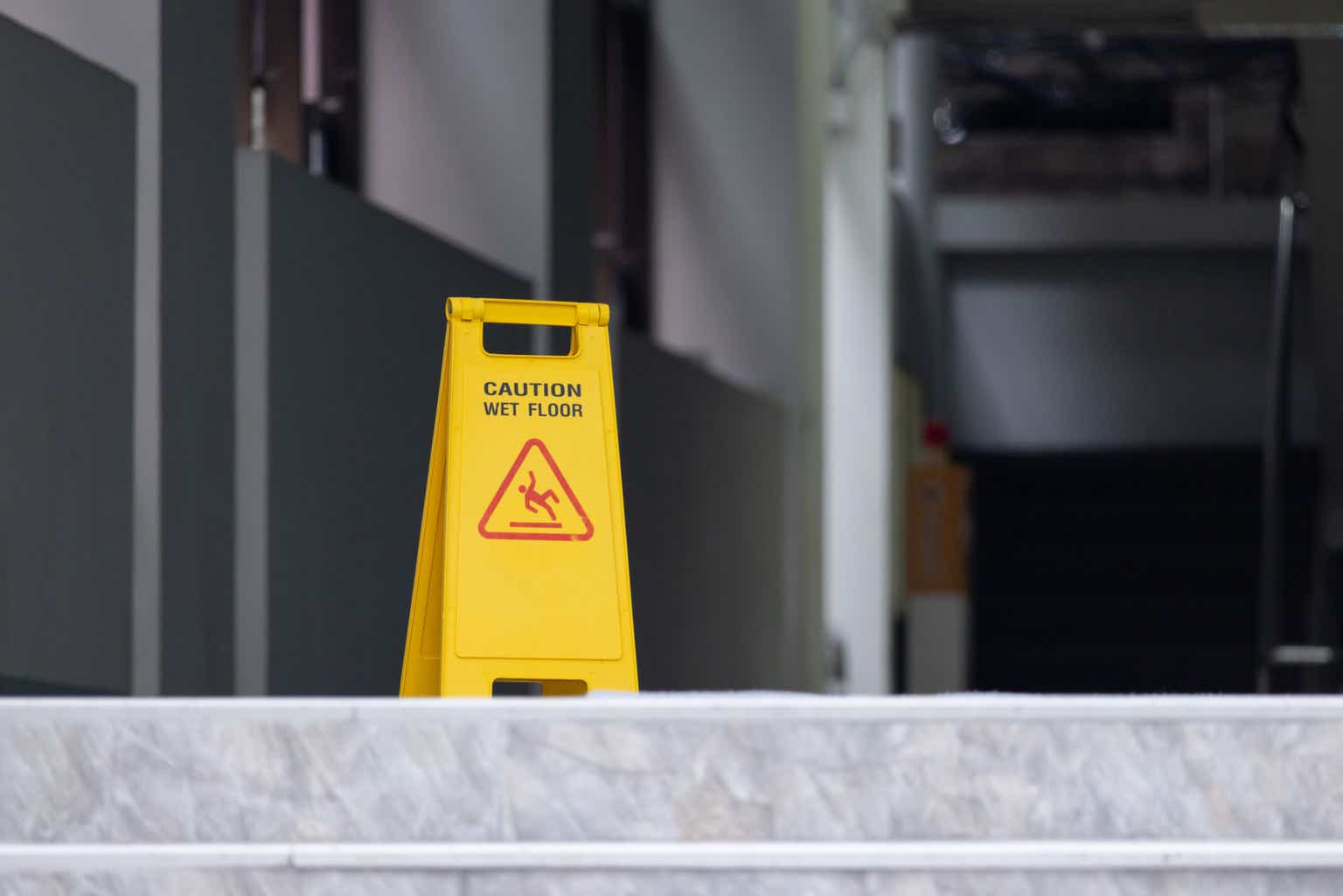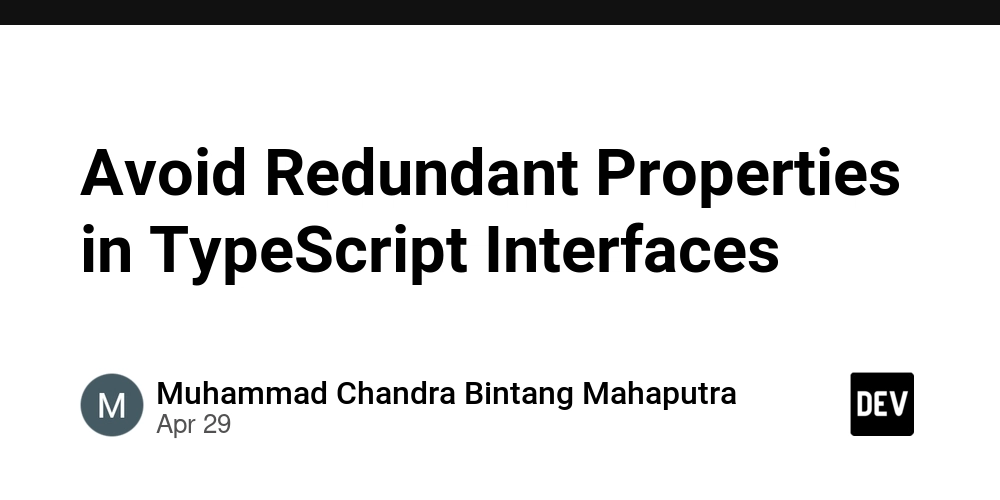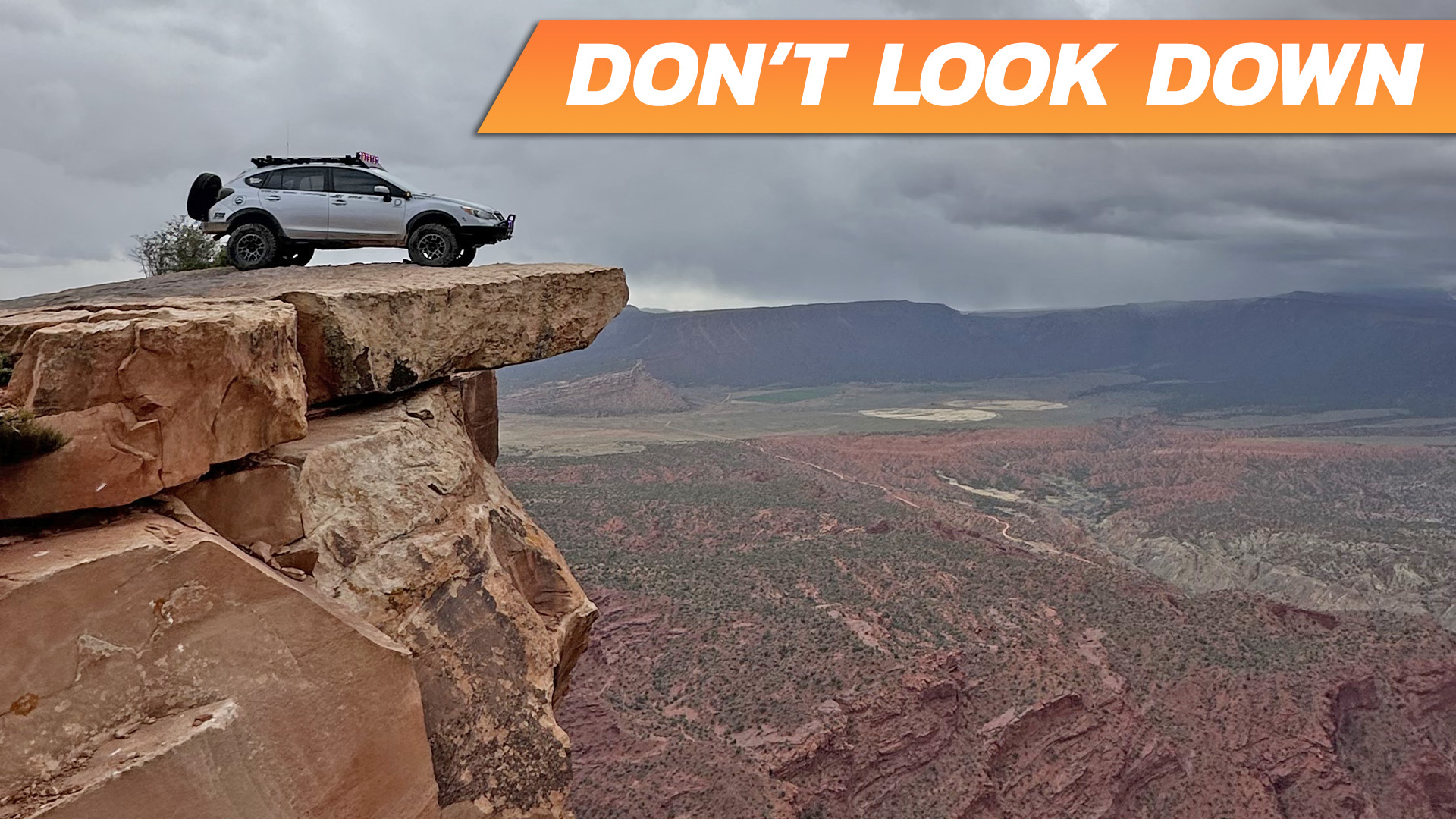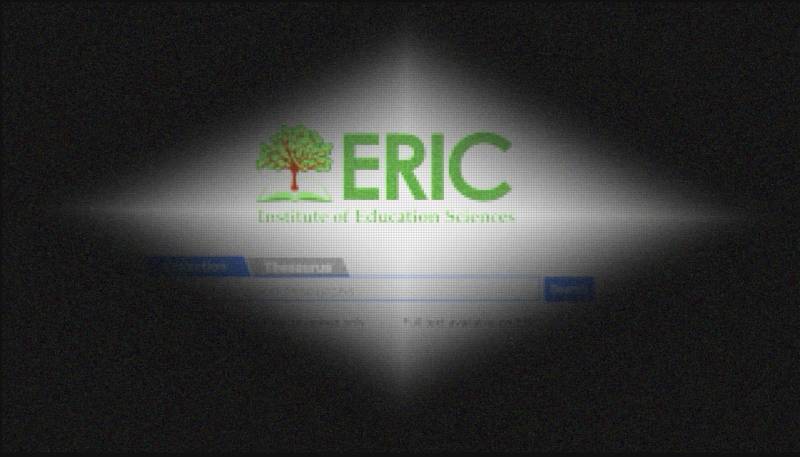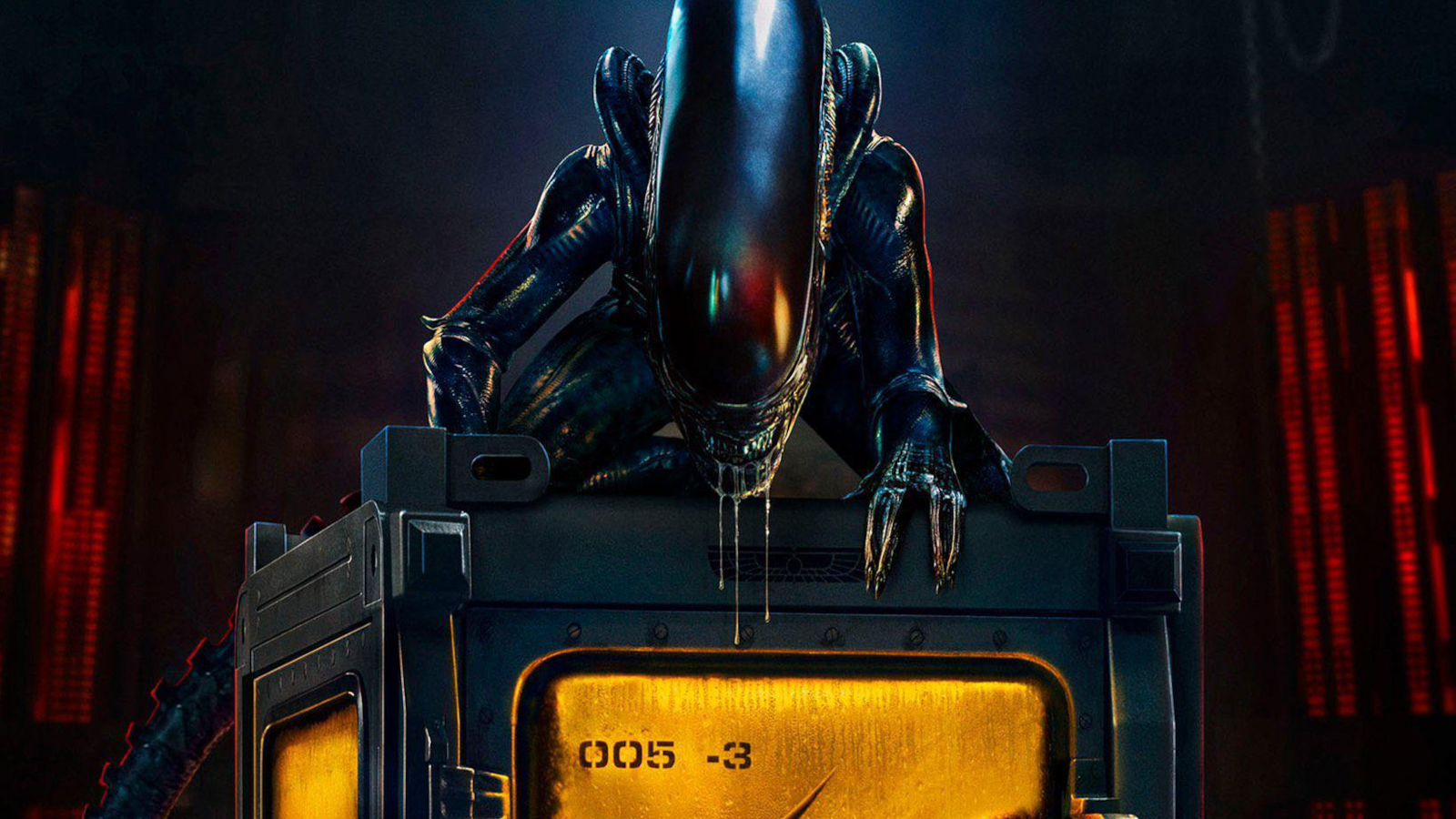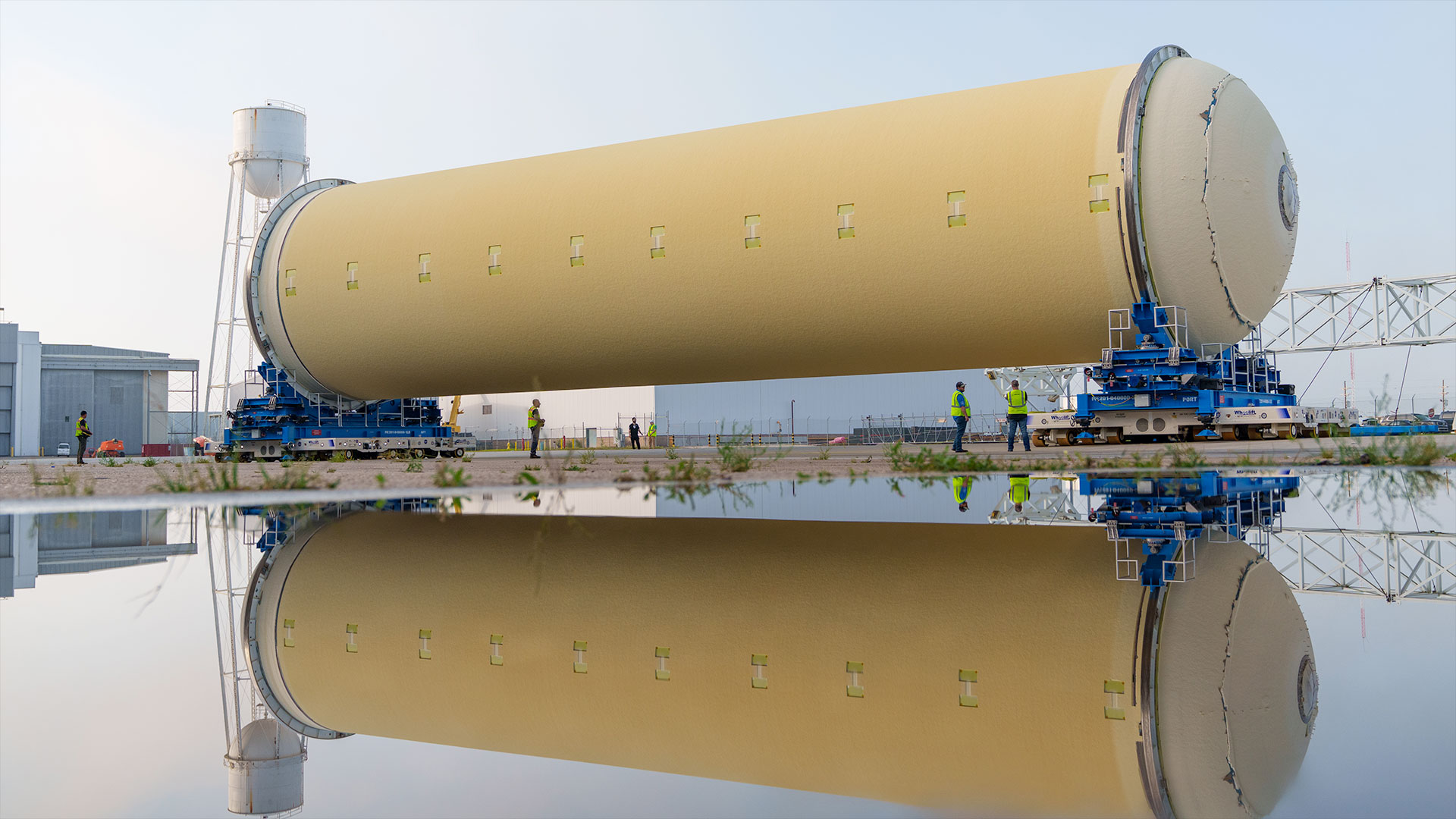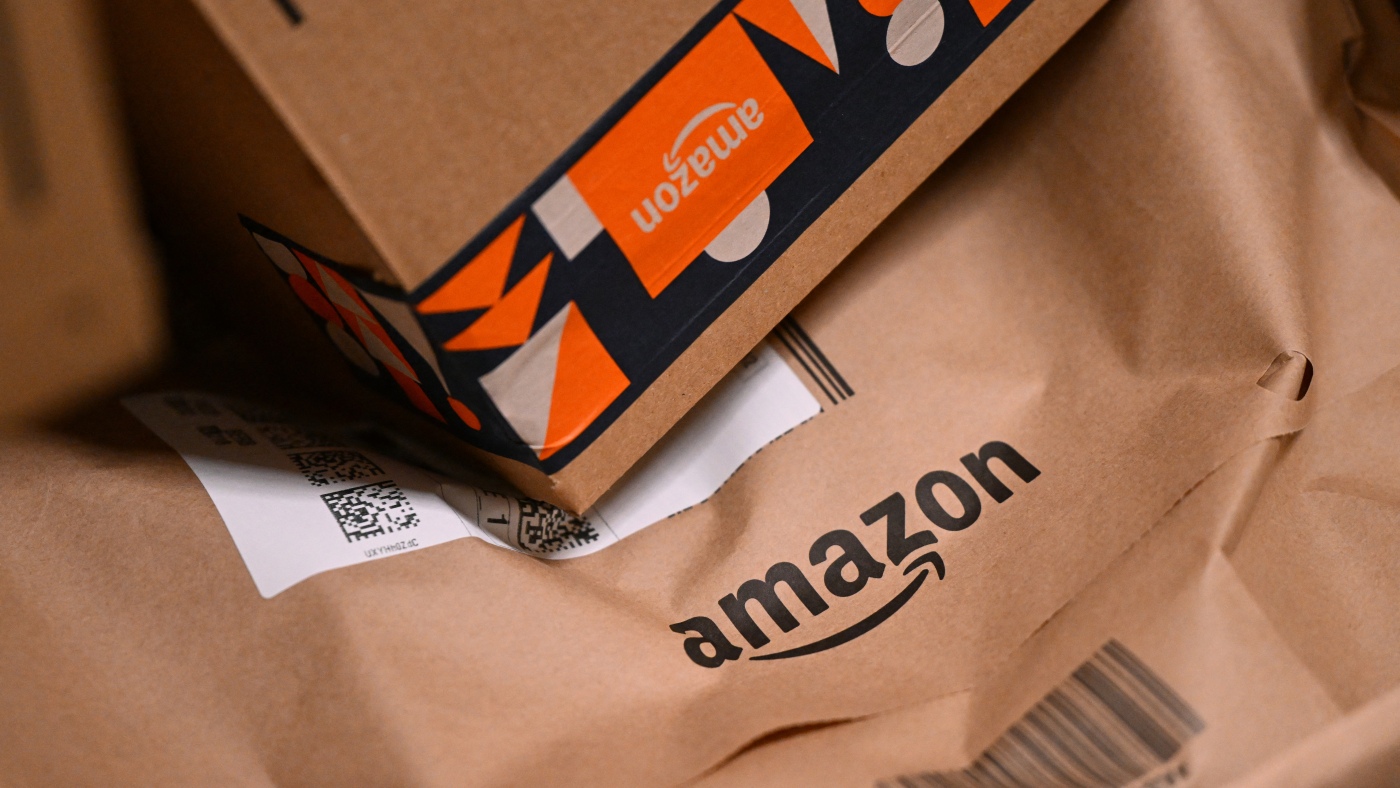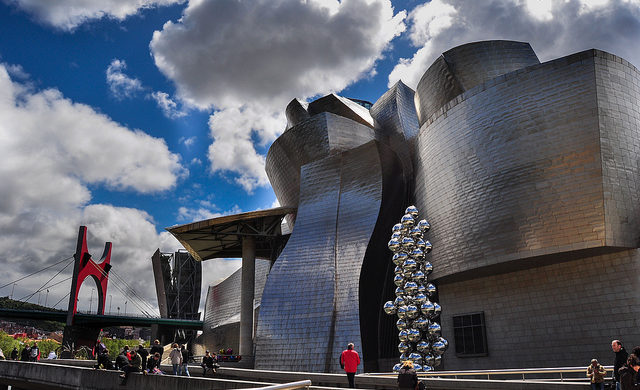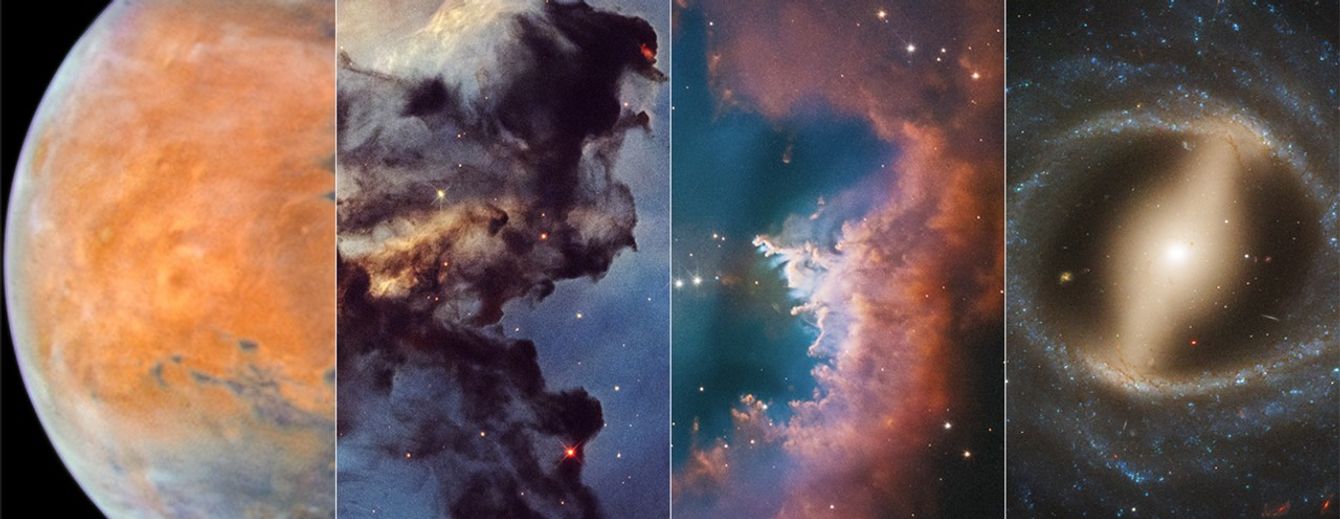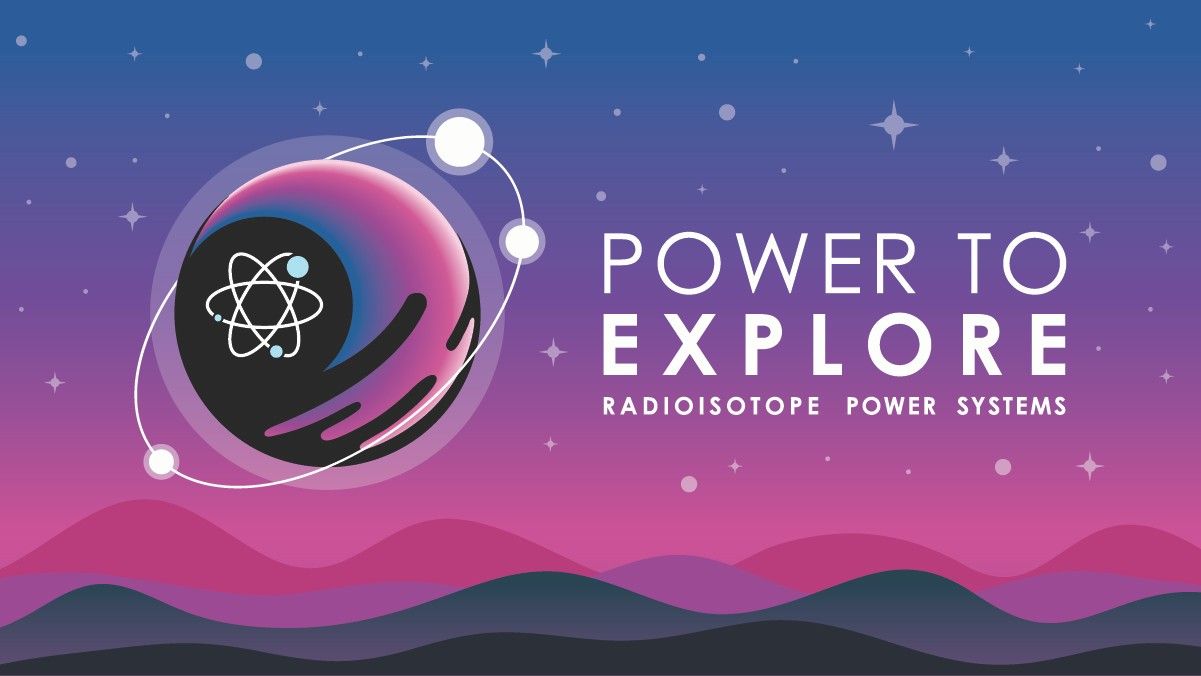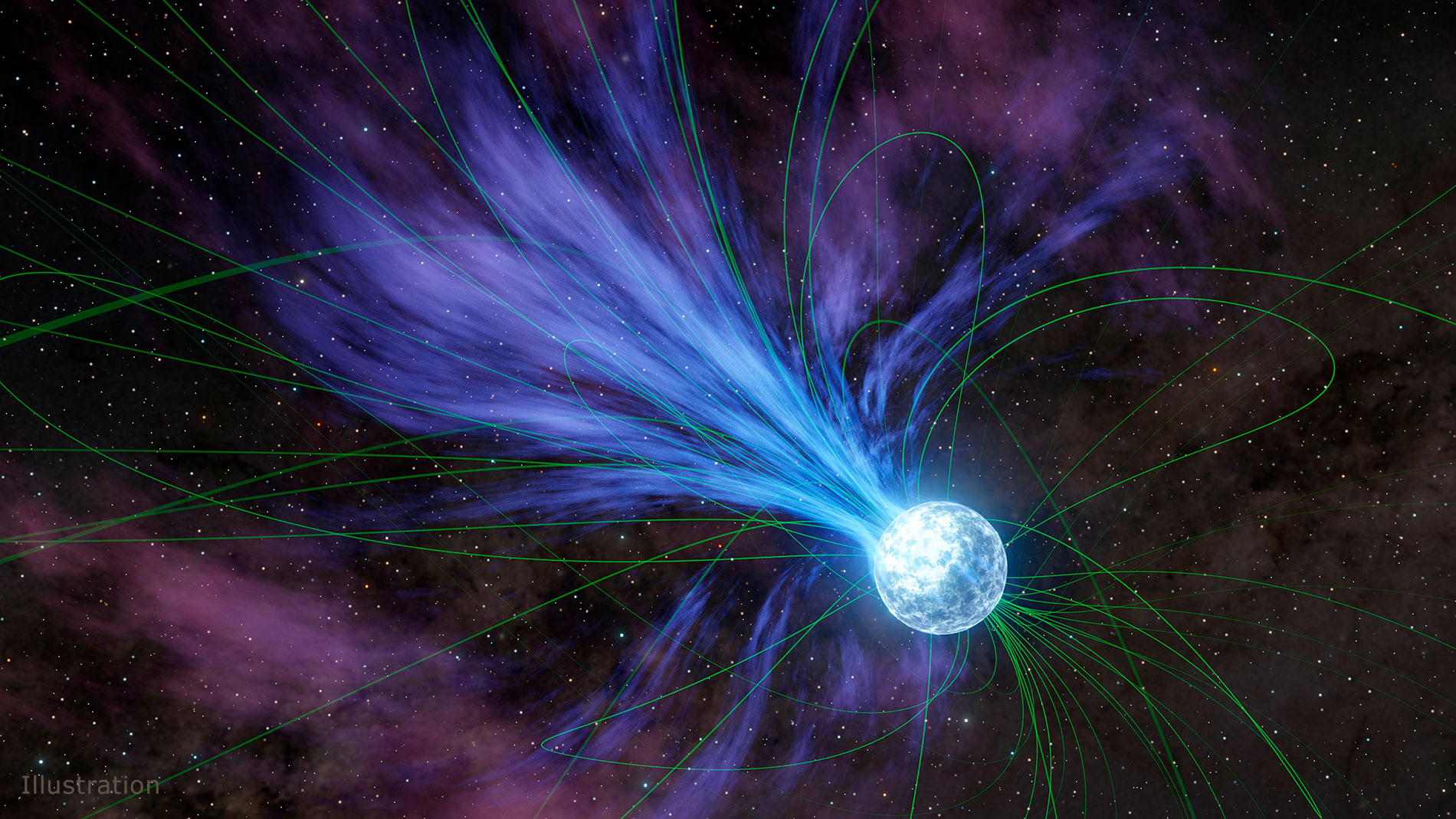Help Classify Galaxies Seen by NASA’s James Webb Space Telescope!
NASA needs your help identifying the shapes of thousands of galaxies in images taken by our James Webb Space Telescope with the Galaxy Zoo project. These classifications will help scientists answer questions about how the shapes of galaxies have changed over time, what caused these changes, and why. Thanks to the light collecting power of […]

3 min read
Help Classify Galaxies Seen by NASA’s James Webb Space Telescope!
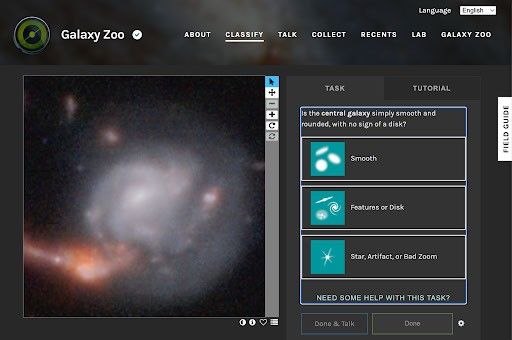
NASA needs your help identifying the shapes of thousands of galaxies in images taken by our James Webb Space Telescope with the Galaxy Zoo project. These classifications will help scientists answer questions about how the shapes of galaxies have changed over time, what caused these changes, and why. Thanks to the light collecting power of Webb, there are now over 500,000 images of galaxies on website of the Galaxy Zoo citizen science project—more images than scientists can classify by themselves.
“This is a great opportunity to see images from the newest space telescope,” said volunteer Christine Macmillan from Aberdeen, Scotland. “Galaxies at the edge of our universe are being seen for the first time, just as they are starting to form. Just sign up and answer simple questions about the shape of the galaxy that you are seeing. Anyone can do it, ages 10 and up!”
As we look at more distant objects in the universe, we see them as they were billions of years ago because light takes time to travel to us. With Webb, we can spot galaxies at greater distances than ever before. We’re seeing what some of the earliest galaxies ever detected look like, for the first time. The shapes of these galaxies tell us about how they were born, how and when they formed stars, and how they interacted with their neighbors. By looking at how more distant galaxies have different shapes than close galaxies, we can work out which processes were more common at different times in the universe’s history.
At Galaxy Zoo, you’ll first examine an image from the Webb telescope. Then you will be asked several questions, such as ‘Is the galaxy round?’, or ‘Are there signs of spiral arms?’. If you’re quick, you may even be the first person to see the galaxies you’re asked to classify.
“I’m amazed and honored to be one of the first people to actually see these images! What a privilege!” said volunteer Elisabeth Baeten from Leuven, Belgium.
Galaxy Zoo is a citizen science project with a long history of scientific impact. Galaxy Zoo volunteers have been exploring deep space since July 2007, starting with a million galaxies from a telescope in New Mexico called the Sloan Digital Sky Survey and then, moving on to images from space telescopes like NASA’s Hubble Space Telescope and ESA (European Space Agency)’s Euclid telescope. The project has revealed spectacular mergers, taught us about how the black holes at the center of galaxies affect their hosts, and provided insight into how features like spiral arms form and grow.
Now, in addition to adding new data from Webb, the science team has incorporated an AI algorithm called ZooBot, which will sift through the images first and label the ‘easier ones’ where there are many examples that already exist in previous images from the Hubble Space Telescope. When ZooBot is not confident on the classification of a galaxy, perhaps due to complex or faint structures, it will show it to users on Galaxy Zoo to get their human classifications, which will then help ZooBot learn more. Working together, humans and AI can accurately classify limitless numbers of galaxies. The Galaxy Zoo science team acknowledges support from the International Space Sciences Institute (ISSI), who provided funding for the team to get together and work on Galaxy Zoo. Join the project now.






